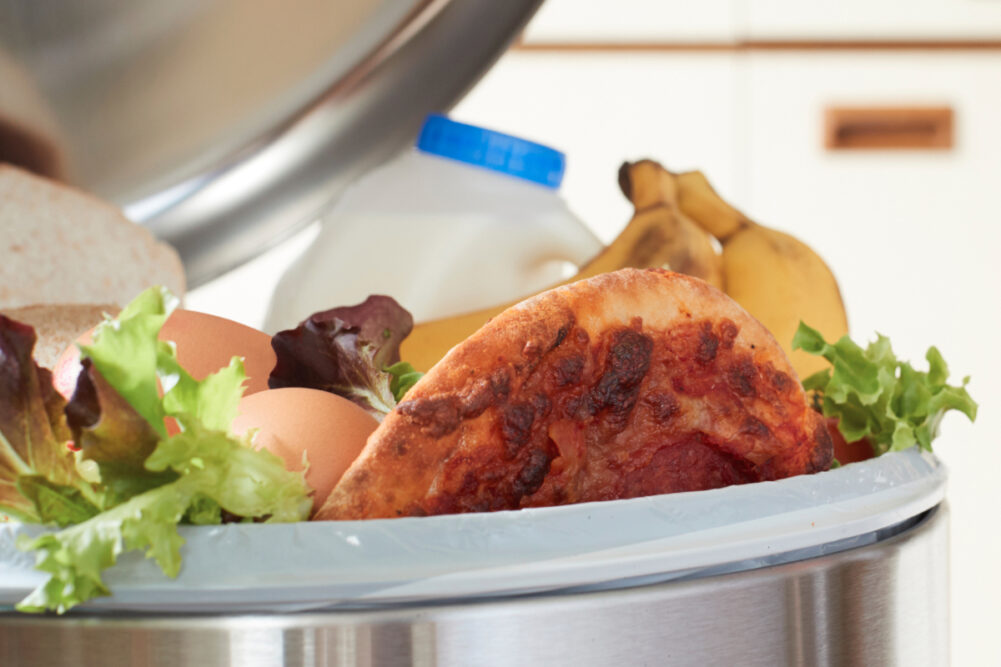UNIVERSITY PARK, PA. — American households are wasting a lot of food — approximately $240 billion per year, in fact — according to a new study from researchers at Penn State University.
The research, which was led by Edward C. Jaenicke, Ph.D., professor of agricultural economics in the College of Agricultural Sciences at Penn State, analyzed data from 4,000 households that participated in the U.S. Department of Agriculture’s National Household Food Acquisition and Purchase Survey (FoodAPS).
The researchers found nearly a third of the food purchased by Americans goes to waste.
“Our findings are consistent with previous studies, which have shown that 30% to 40% of the total food supply in the United States goes uneaten — and that means that resources used to produce the uneaten food, including land, energy, water and labor, are wasted as well,” Dr. Jaenicke said. “But this study is the first to identify and analyze the level of food waste for individual households, which has been nearly impossible to estimate because comprehensive, current data on uneaten food at the household level do not exist.”
The researchers took biological measures of the participants collected by FoodAPS and applied them to formulas from nutritional science to determine basal metabolic rates and calculate the energy required for household members to maintain body weight, which they referred to as “output.” Wasted food was then calculated by finding the difference between the amount of food acquired and the amount needed to maintain body weight, the researchers said.
“Based on our estimation, the average American household wastes 31.9% of the food it acquires,” Dr. Jaenicke said. “More than two-thirds of households in our study have food-waste estimates of between 20% and 50%. However, even the least wasteful household wastes 8.7% of the food it acquires.”
The researchers used demographic data to analyze the differences in food waste among households with different characteristics. They found higher-income households generate more waste, while households that consume healthier foods, such as fruits and vegetables, also generate a lot of waste.
“It’s possible that programs encouraging healthy diets may unintentionally lead to more waste,” Dr. Jaenicke said. “That may be something to think about from a policy perspective — how can we fine-tune these programs to reduce potential waste.”
Meanwhile, less food waste was noted in households with less disposable income, as well as households with a large number of members.
“People in larger households have more meal-management options,” Dr. Jaenicke said. “More people means leftover food is more likely to be eaten.”
Lower food waste also was noted in households where the primary grocery shopper utilized a shopping list, the researchers found.




